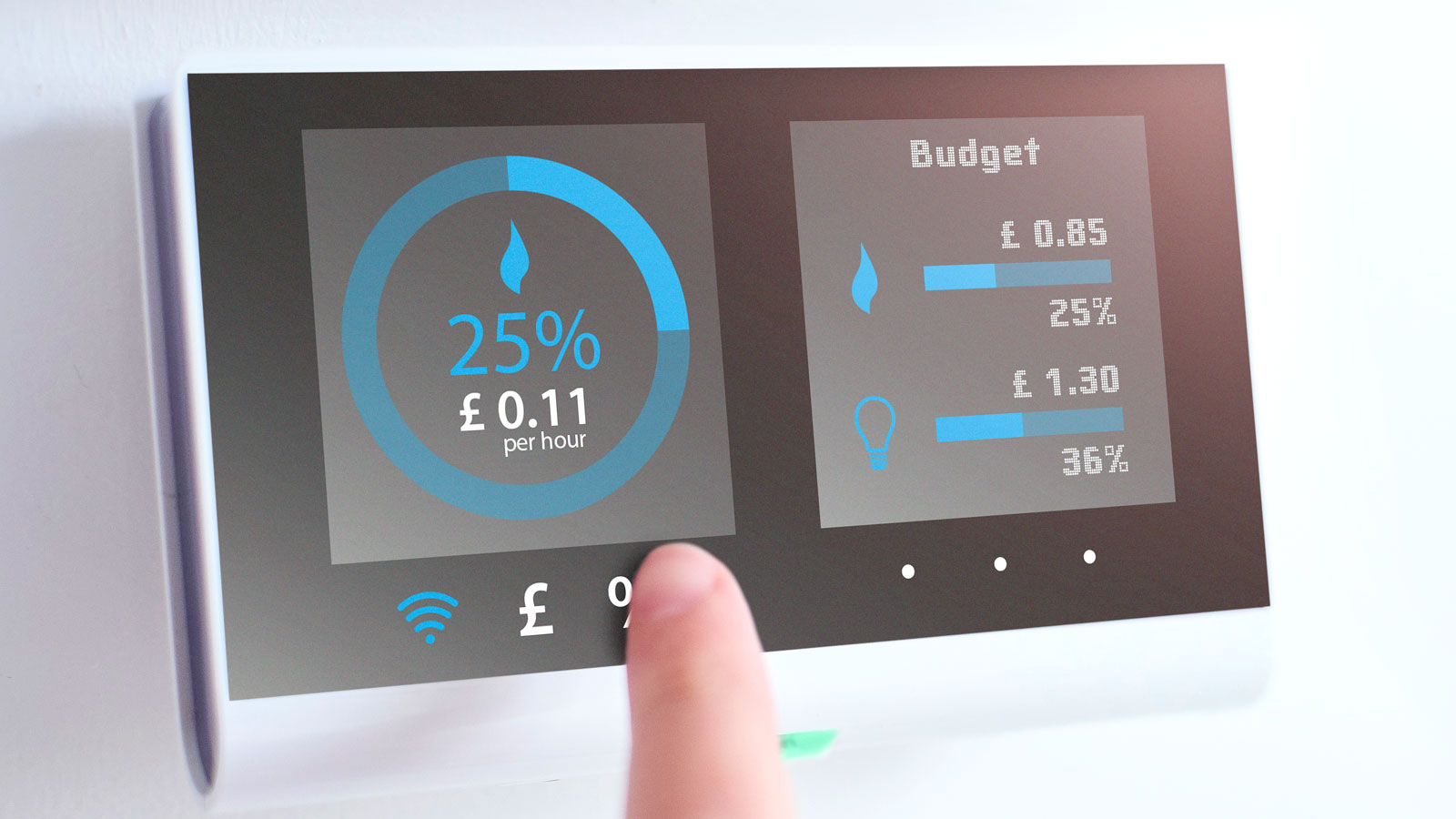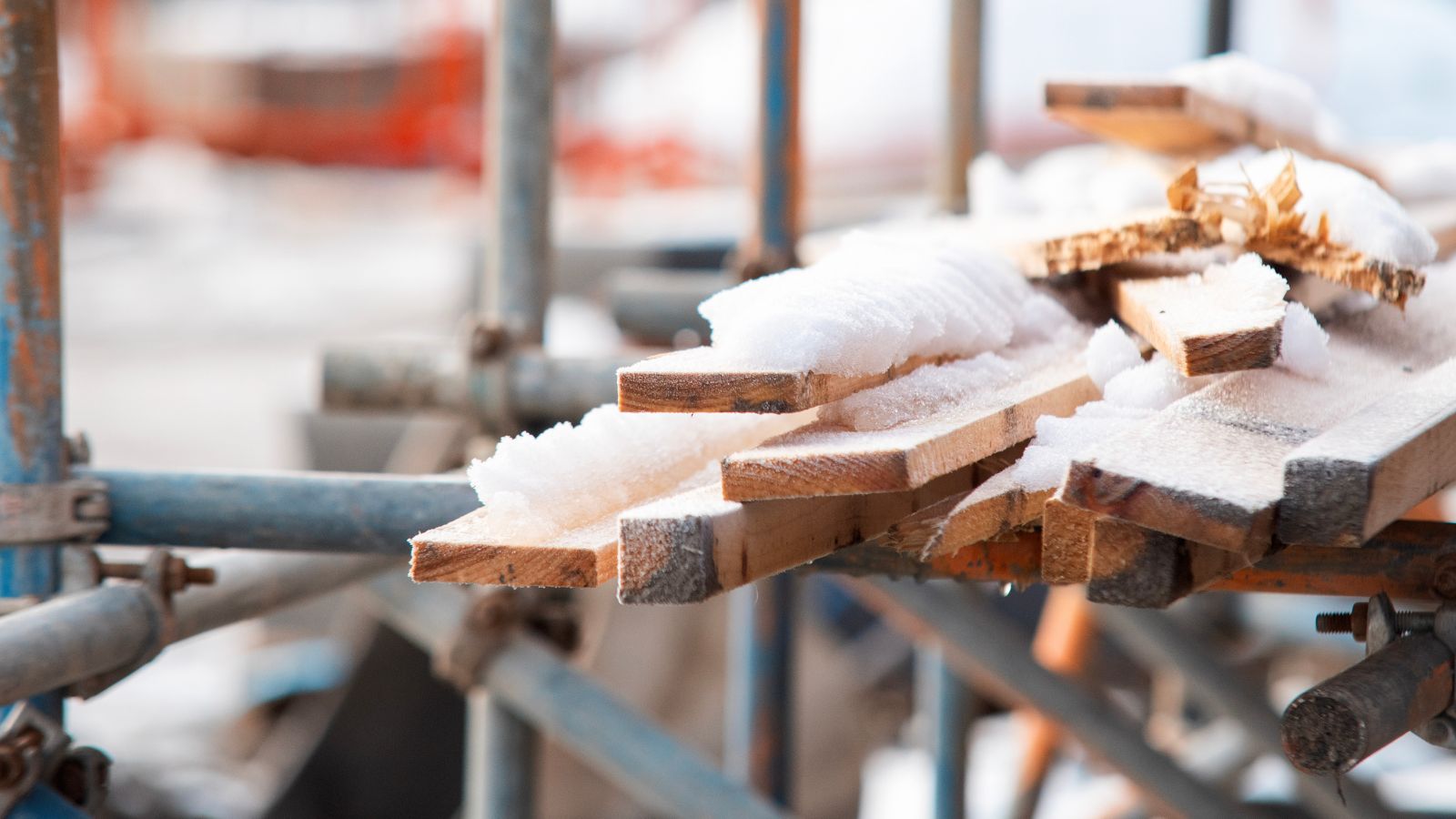What is power flushing and why it makes your central heating more efficient
Need to know the answer to what is power flushing? Here you can find out what it is, the benefits it brings and how often it should be done

What is power flushing? Your central heating needs looking after and power flushing is one way to make sure that it stays in good shape. An efficient central system uses less energy, which means lower bills and less repairs.
Simply leaving your central heating can eventually lead to problems like radiators not heating up properly. But, regular maintenance will help make sure that you don’t have to splash out on large repair bills and every room in the home stays warm and toasty when needed.
What is power flushing?
Gordon Chalk and Alan Houghton Managing Directors at Next Level Underfloor Heating and Screed Solutions succinctly explain what it means, “Power flushing is a deep clean for your heating system.”
Shakir Hussain, CEO at property maintenance business Handy Humans adds, “It is a cleaning process that removes sludge, rust, and any type of debris from your heating system, improving its efficiency and performance.”

Working in the industry for over 15 years Gordon and Alan's mission is to help property owners get warmer and more comfortable with underfloor heating and proper floor screed.
Knowing when power flushing is needed
It’s not always easy to spot that your heating system needs a power flush, but there are a few tell-tale signs as Chalk and Houghton list here.
- Cold spots If some parts of your radiator are cold while others are hot, it’s usually a sign of sludge or debris in the system.
- Noisy boiler or pipes Gurgling, banging or other strange noises coming from your boiler or pipes means there’s a restriction in water flow and that’s usually caused by debris.
- Slow heating up If your radiators are taking longer to heat up or your home isn’t warming up as quickly as it should, the system is clogged.
- Frequent radiator bleeding If you’re constantly bleeding your radiators to release trapped air, it’s a sign of sludge accumulation.
- Discoloured water when bleeding If the water that comes out is dark or rusty, it’s a clear sign your system needs a full flush.
Beside the more physical signs that your heating system may need a power flush, Chalk and Houghton suggest that you keep an eye on your energy bills. Why? “If your system is working harder to produce heat, you’ll see a big increase in your energy consumption.”
Which in turn means that your energy bills will be more than they should. An efficient heating system will help keep your bills down.
Bring your dream home to life with expert advice, how to guides and design inspiration. Sign up for our newsletter and get two free tickets to a Homebuilding & Renovating Show near you.
The power flushing process
Power flushing effectively involves pushing clean water (with a cleaner) through your heating system to get rid of anything that shouldn’t be there as Chalk and Houghton explain, “The process uses powerful pumps to circulate a cleaning solution through your system at high speed, dislodging sludge, rust and debris from the pipes, radiators and boiler.”
But how does the process work? Here Chalk and Houghton run through what’s involved in a power flush.
- Preparation A specialist power flushing machine is connected to your heating system. This can be done via the pump head or across the tails of a radiator.
- Chemicals circulated Specific chemicals that break down rust, limescale and sludge are introduced. These are circulated through the system at high flow rates but low pressure to avoid any damage.
- Agitation tools To get into all the nooks and crannies, vibrating tools are often used on the radiators to dislodge stubborn debris.
- Flushing and rinsing After the chemicals have circulated, the system is flushed multiple times with fresh water until it runs clear.
- Inhibitor added Once the system is clean, an inhibitor is added to prevent future corrosion and sludge buildup.
Be warned, performing a power flush is not a quick job as Chalk and Houghton share, “The flush can take anywhere from 6 to 8 hours depending on the size of the system. That might sound like a long time but it’s necessary to get the job done right.”
Benefits of power flushing
Giving your heating system a power flush will introduce some immediate and obvious plus points. Perhaps the most obvious is a more efficient heating system as Chalk and Houghton reveal, “Your radiators will heat up faster and more evenly, so no cold spots.” They add, “There’ll be no more strange noises from your pipes or boiler, water can flow freely through the system.”
But, there are long-term benefits as Chalk and Houghton share, “Removing corrosive sludge and debris prevents damage to the boiler, radiators and pipes, extending their life.” They add, “With a clean system you’re less likely to have unexpected boiler breakdowns which can be costly to repair.”
Parts can be expensive, for example, a heat exchanger which is often the part that gets clogged up with rust and needs replacing, can easily cost £100-£150. Then you will need to add installation cost on top.
How often to power flush your system
It's easy to forget how long you have had your boiler installed, something you typically only think about when something starts to go wrong. A regular power flush will get rid of debris and help keep a boiler running at its optimum for longer.
Chalk and Houghton suggest, “ Power flush ideally every 5 to 6 years.” But this can vary depending on the age and condition of your system, they add, “For older systems that have never had a power flush we recommend doing it sooner as these systems will be clogged with years of debris and sludge.”
How much is a new boiler? They are not cheap so a regular power flush makes perfect sense.
When to power flush your system
Is there a good time of the year to power flush a heating system? Yes, as Chalk and Houghton share, “Power flushing can be done at any time of year but it’s best to do it before the winter.” They add, “You don’t want to be left with a system that’s not working when you need it most. By doing a power flush in the late summer or early autumn you’ll ensure your heating is working at full capacity when the cold hits.”
Want to save money on your power flush? Of course you do, here Chalk and Houghton offer an insider tip, “Many heating engineers including ourselves have better availability and possibly even discounts during the warmer months when heating demand is lower. So book then.”
FAQs
Can I do a power flush myself?
Power flushing is not really a DIY project and you will need to get in a professional to do the job. Why? Chalk and Houghton explain, “The process requires specialist equipment and chemicals not available to the average homeowner.”
And, if you don’t have any previous knowledge of the process they add, “There’s also a risk of damaging your system if done incorrectly.” This could lead to expensive repairs that could cost a lot more than the price of a power flush.
How much does power flushing cost?
The cost to power flush your heating system will depend on a number of factors, mainly the size and complexity. As you might expect a larger heating system will take longer to clean, so will cost more.
Chalk and Houghton offer a general guideline on what you can expect to pay, “For an average 3 bedroom home you’re looking at £300 to £600. They add, “Larger or more complex systems with underfloor heating will be higher but the benefits far outweigh the cost in terms of system longevity and energy savings.
What is chemical flushing?
An alternative to power flushing is chemical flushing, which is similar, but more suitable for certain heating systems as Chalk and Houghton explain, “Chemical flushing is similar to power flushing but without the high speed pumping.”
So how does it differ? “It involves adding cleaning chemicals to the system and allowing them to circulate for a longer period – often several days or weeks – before flushing the system out.”
When should you choose chemical flushing over power flushing? Chalk and Houghton add, “Chemical flushing can be effective for systems that aren’t heavily clogged but it’s not as thorough as power flushing. We recommend chemical flushing for newer systems or as a maintenance procedure between power flushes.”
If you don’t have an efficient heating system you won't be paying the usual central heating costs per hour. Power flushing is one way to help but check out our Most economical way to use central heating for more tips.
Steve Jenkins is a freelance content creator with over two decades of experience working in digital and print and was previously the DIY content editor for Homebuilding & Renovating.
He is a keen DIYer with over 20 years of experience in transforming and renovating the many homes he has lived in. He specialises in painting and decorating, but has a wide range of skills gleaned from working in the building trade for around 10 years and spending time at night school learning how to plaster and plumb.
He has fitted kitchens, tiled bathrooms and kitchens, laid many floors, built partition walls, plastered walls, plumbed in bathrooms, worked on loft conversions and much more. And when he's not sure how to tackle a DIY project he has a wide network of friends – including plumbers, gas engineers, tilers, carpenters, painters and decorators, electricians and builders – in the trade to call upon.

